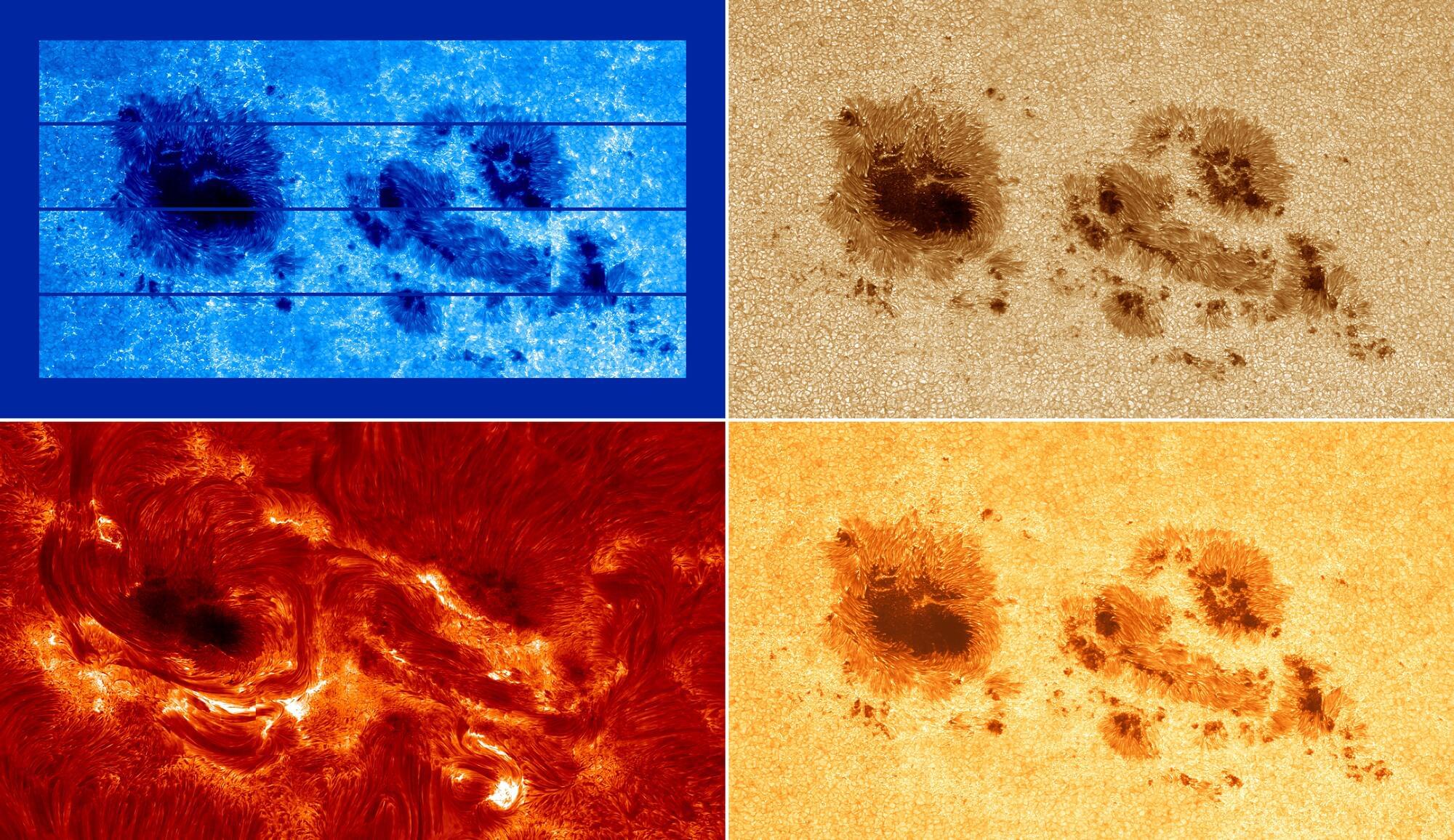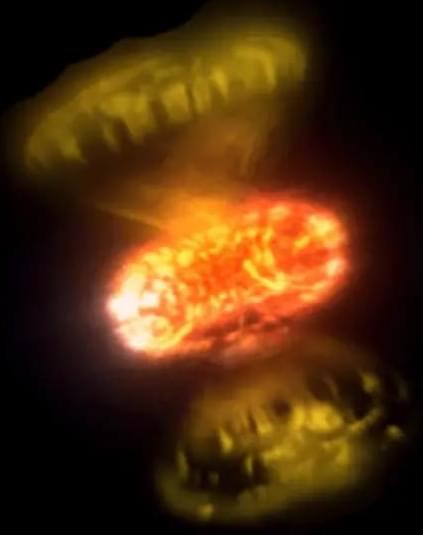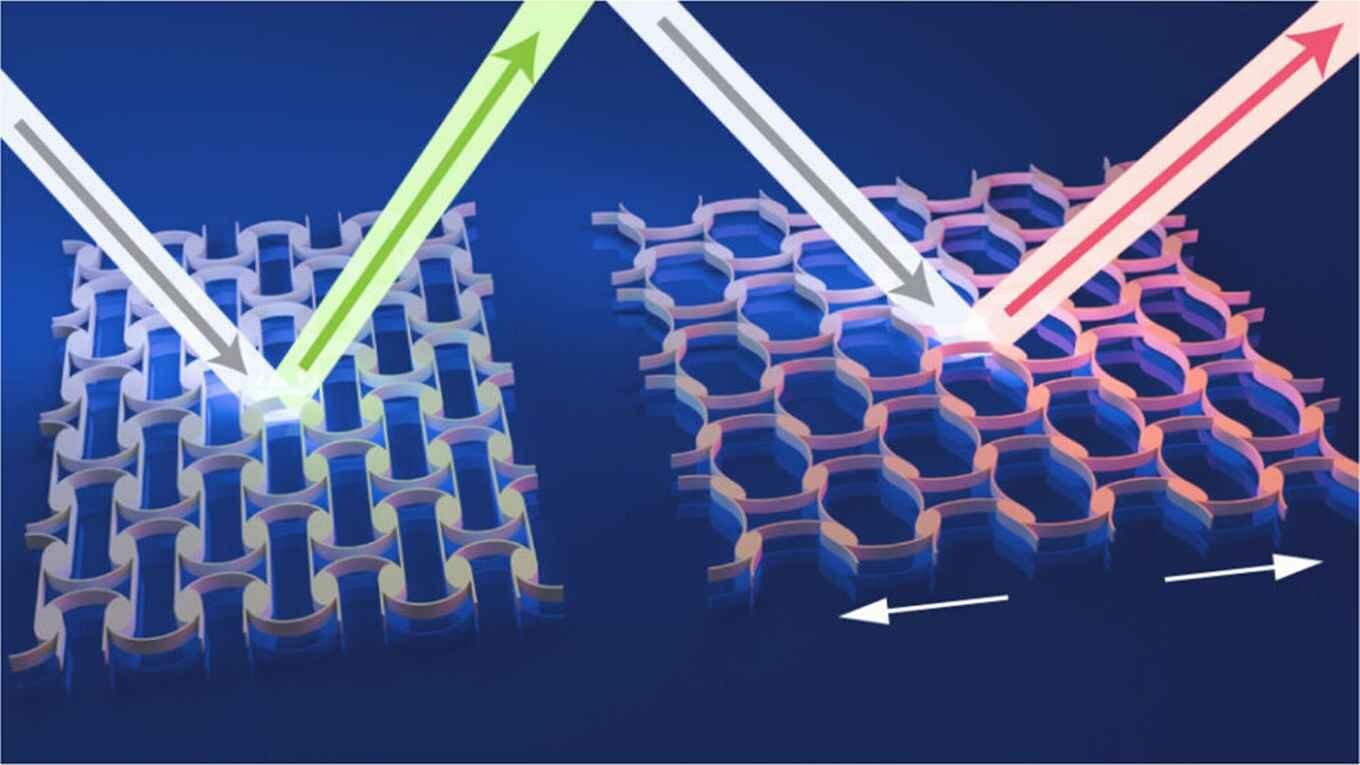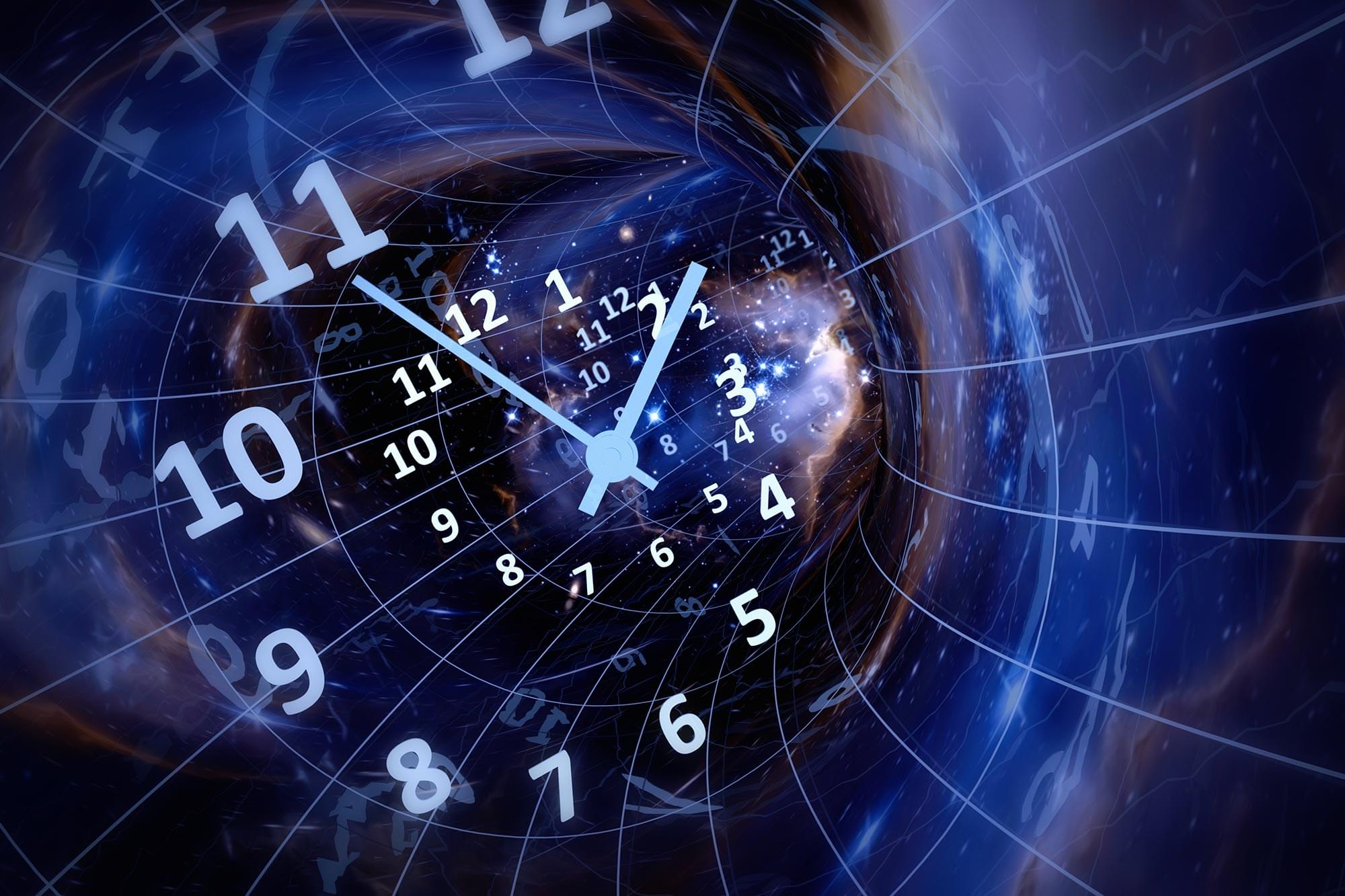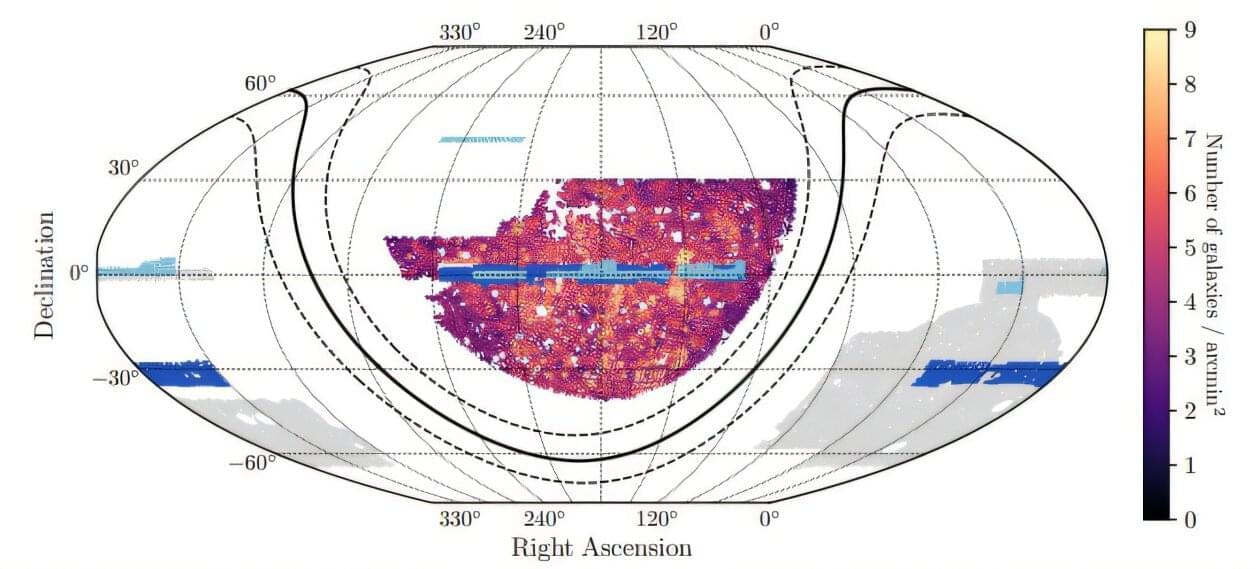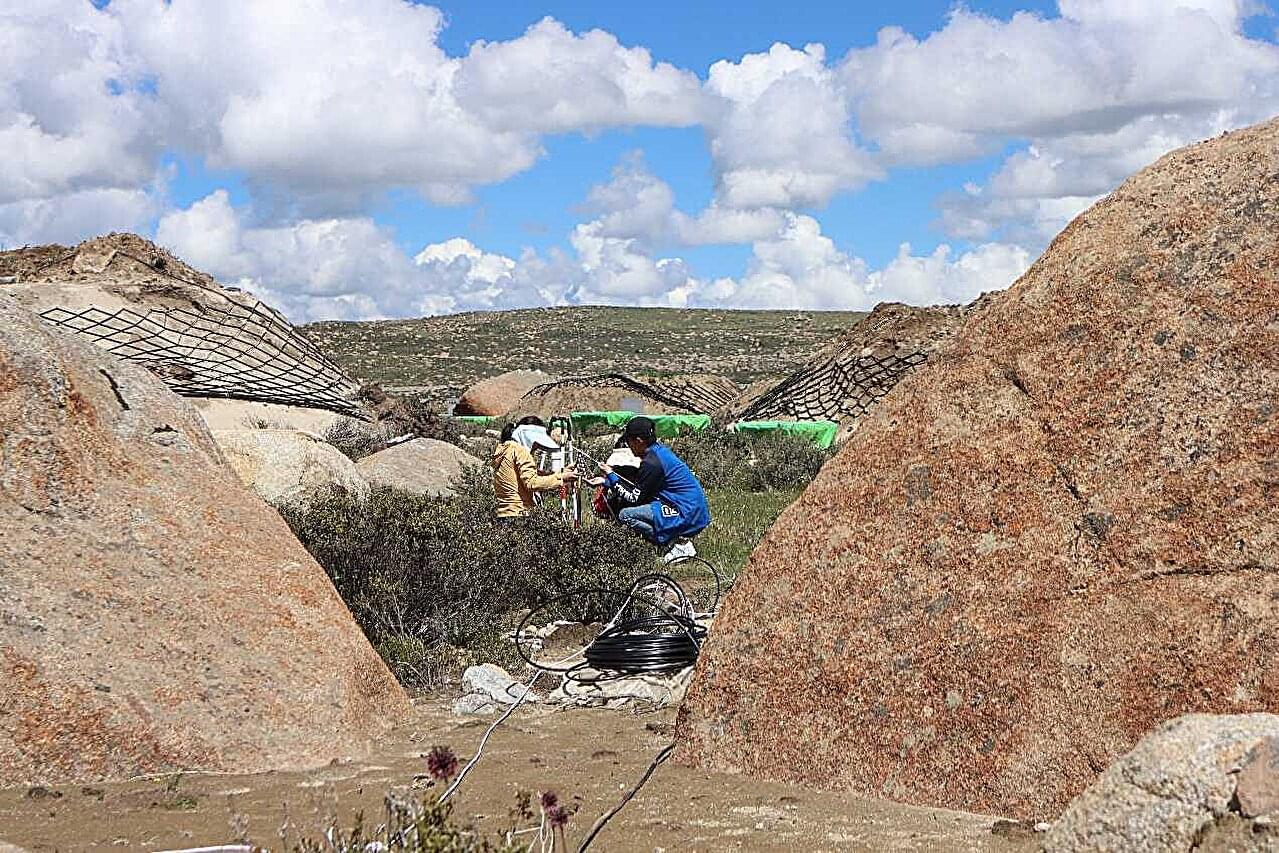Scientists have captured an exceptionally rare, high-resolution view of an active region that produced two powerful X-class solar flares—an achievement rarely possible from Earth. Using the GREGOR solar telescope in Tenerife, researchers recorded the explosive activity of the sun’s most energetic sunspot group of 2025, revealing twisted magnetic structures and the early stages of flare ignition with unprecedented detail. The flares triggered fast coronal mass ejections that lit up Earth’s skies with vivid auroras in the nights that followed.
Challenges of observing solar flares High-resolution observations of strong solar flares are extremely rare and difficult to obtain with ground-based solar telescopes.
“Strong flares occur either on the backside of the sun, or during the night, or when the weather is cloudy, or when the seeing conditions are poor, or when they are just outside the field of view, where the telescope is pointing,” says Prof. Carsten Denker head of the Solar Physics section at the Leibniz Institute for Astrophysics Potsdam (AIP) and first author of the study published in Research Notes of the AAS.
